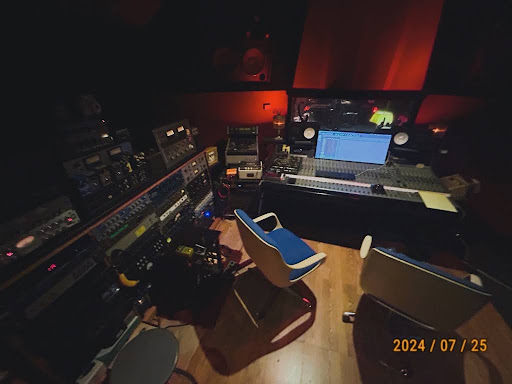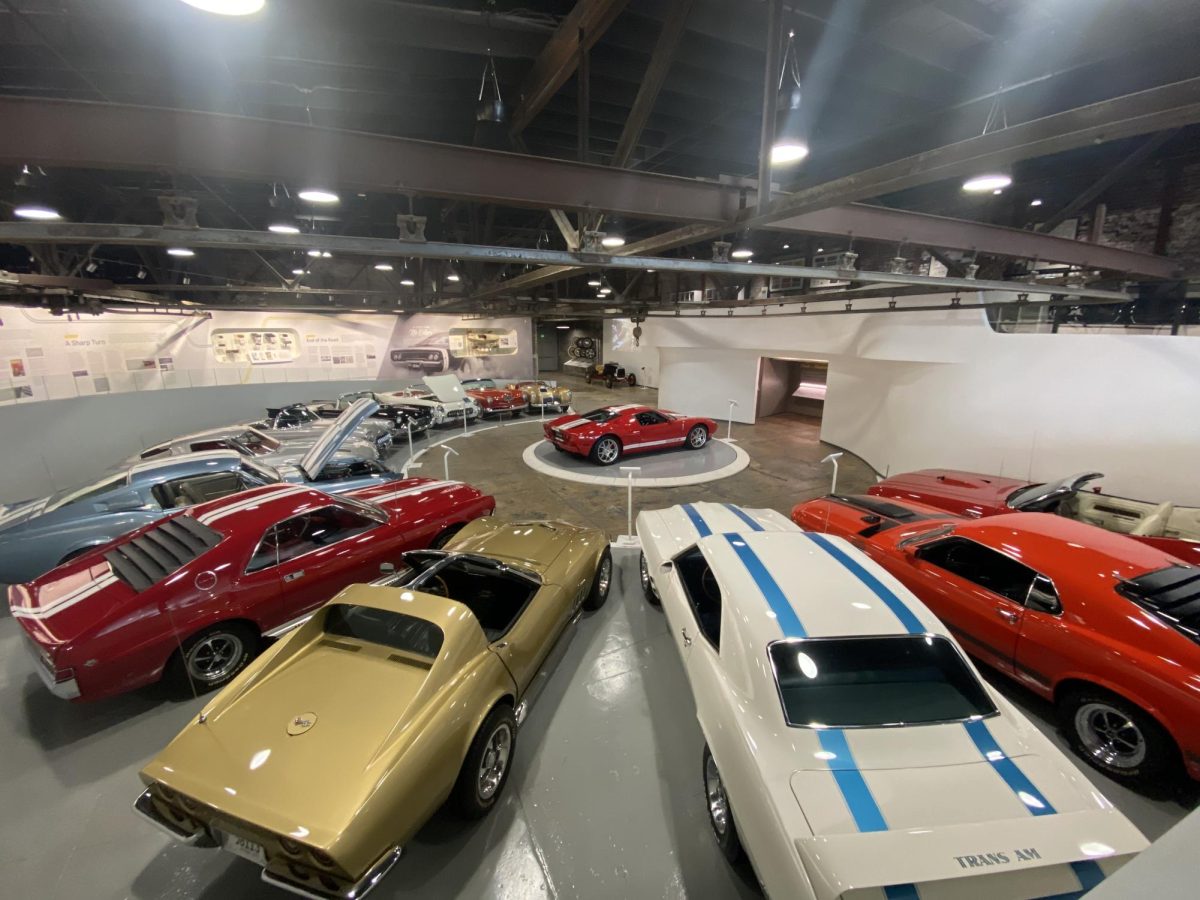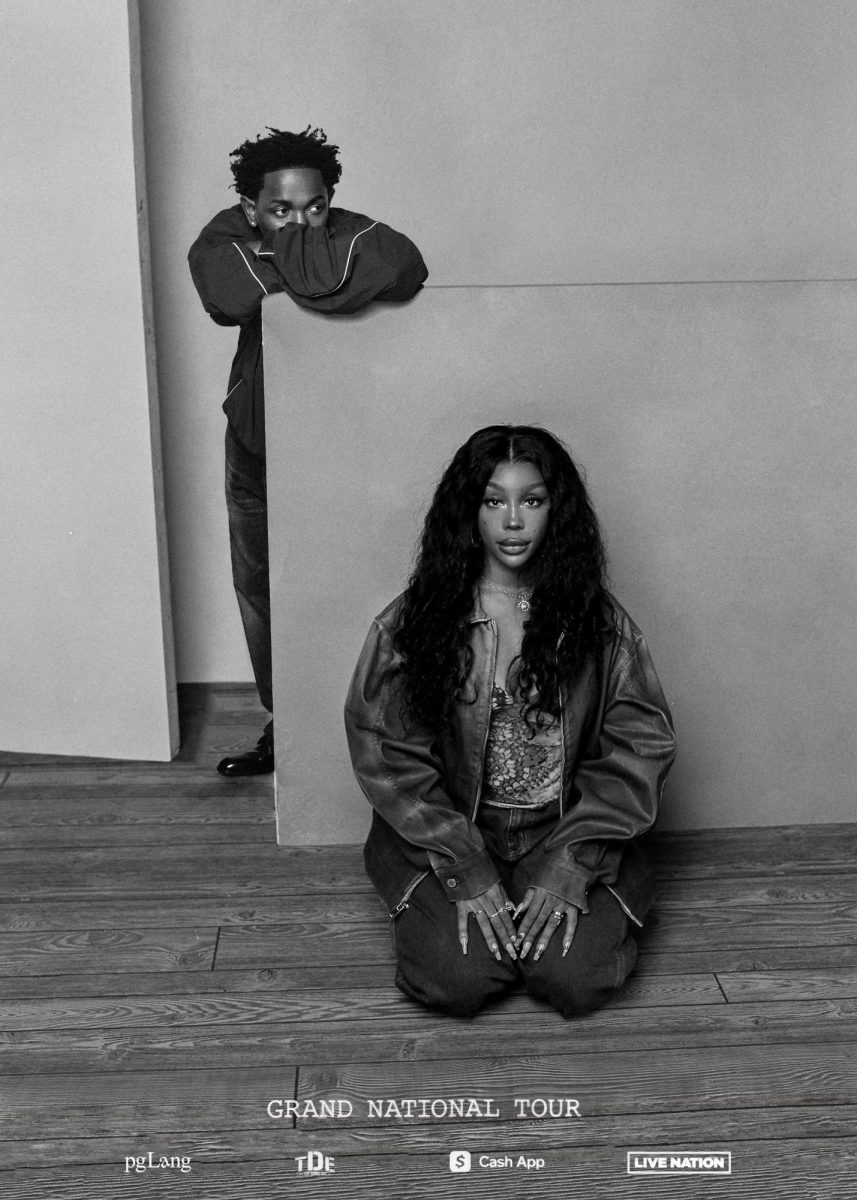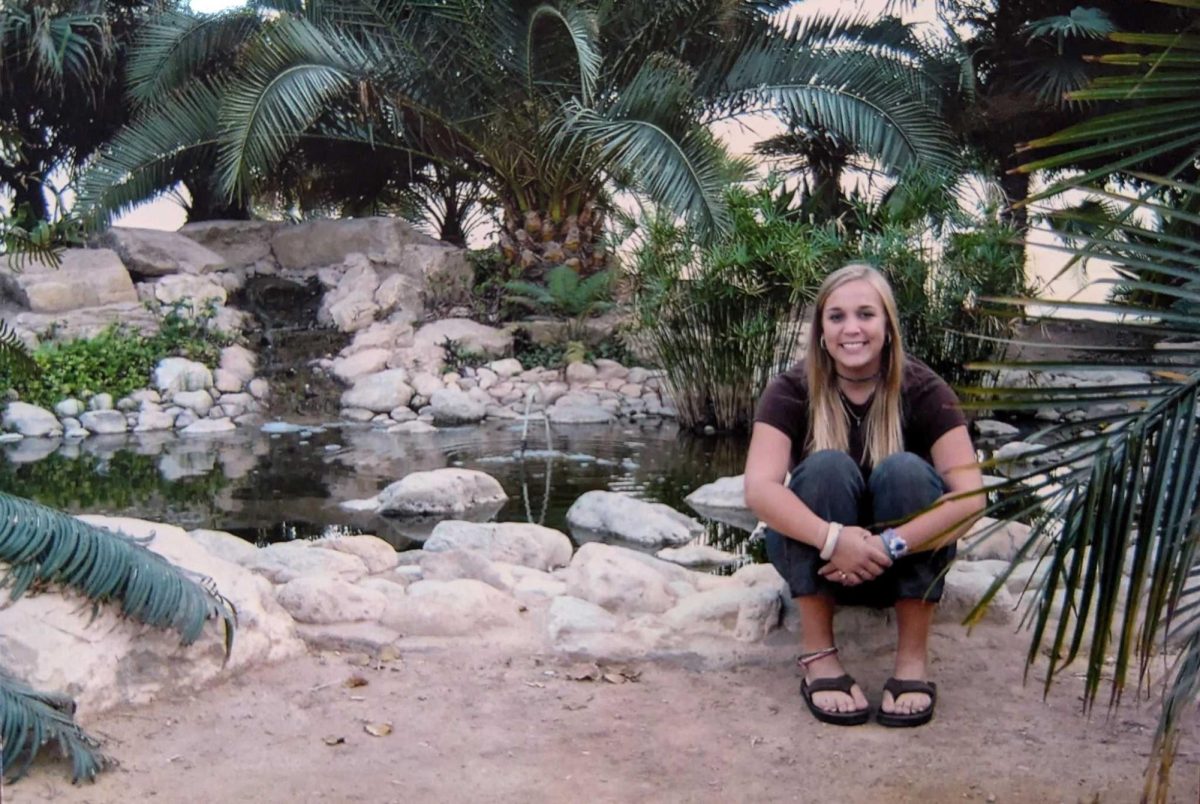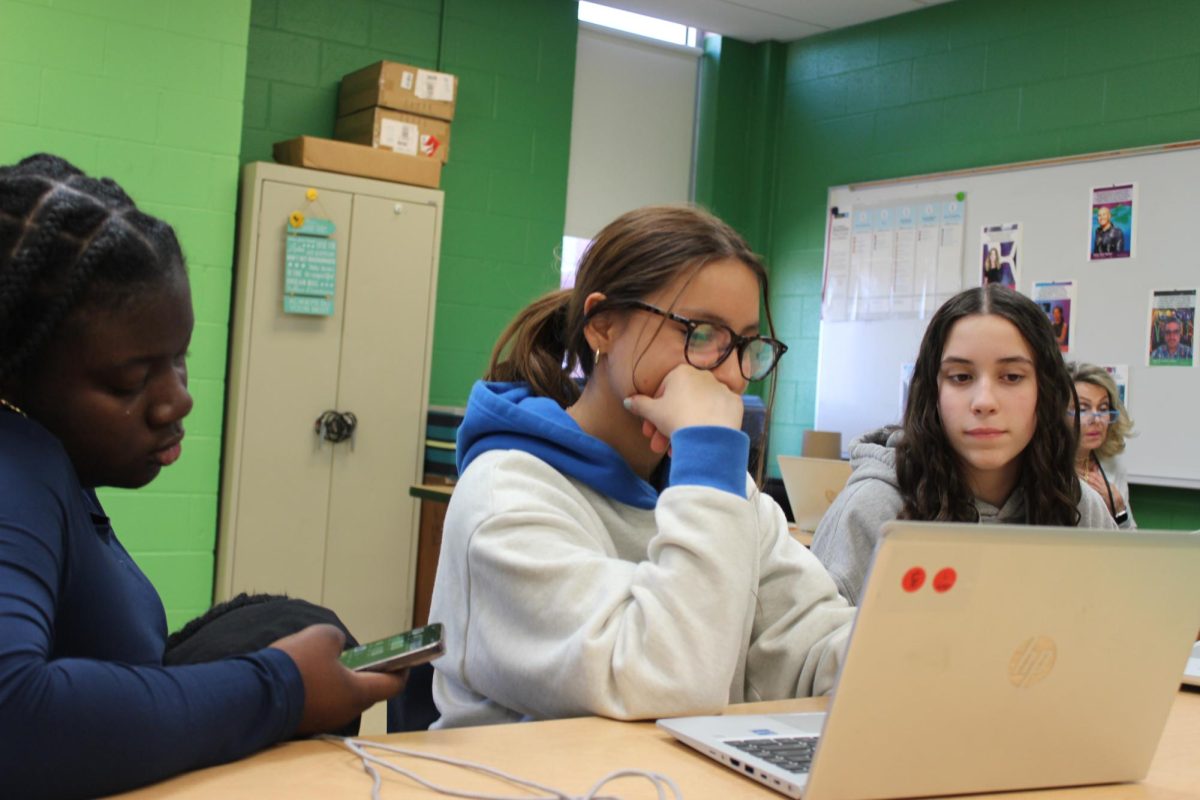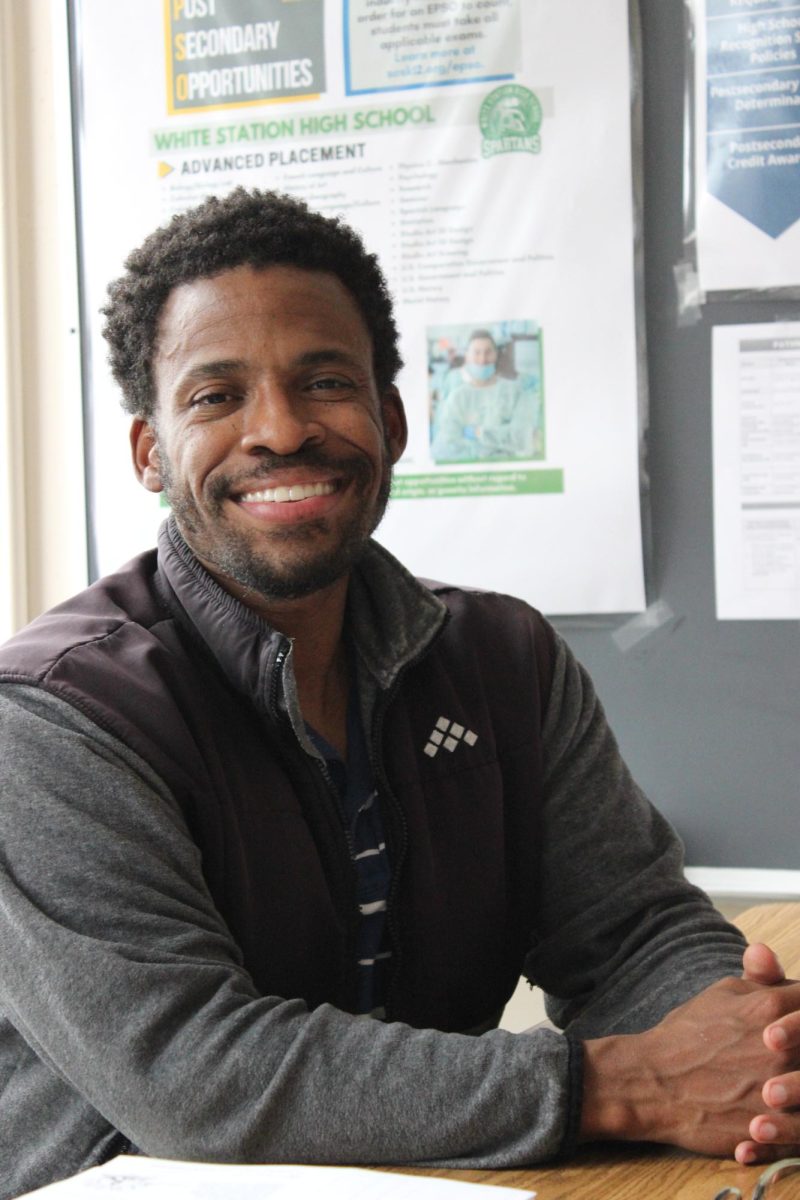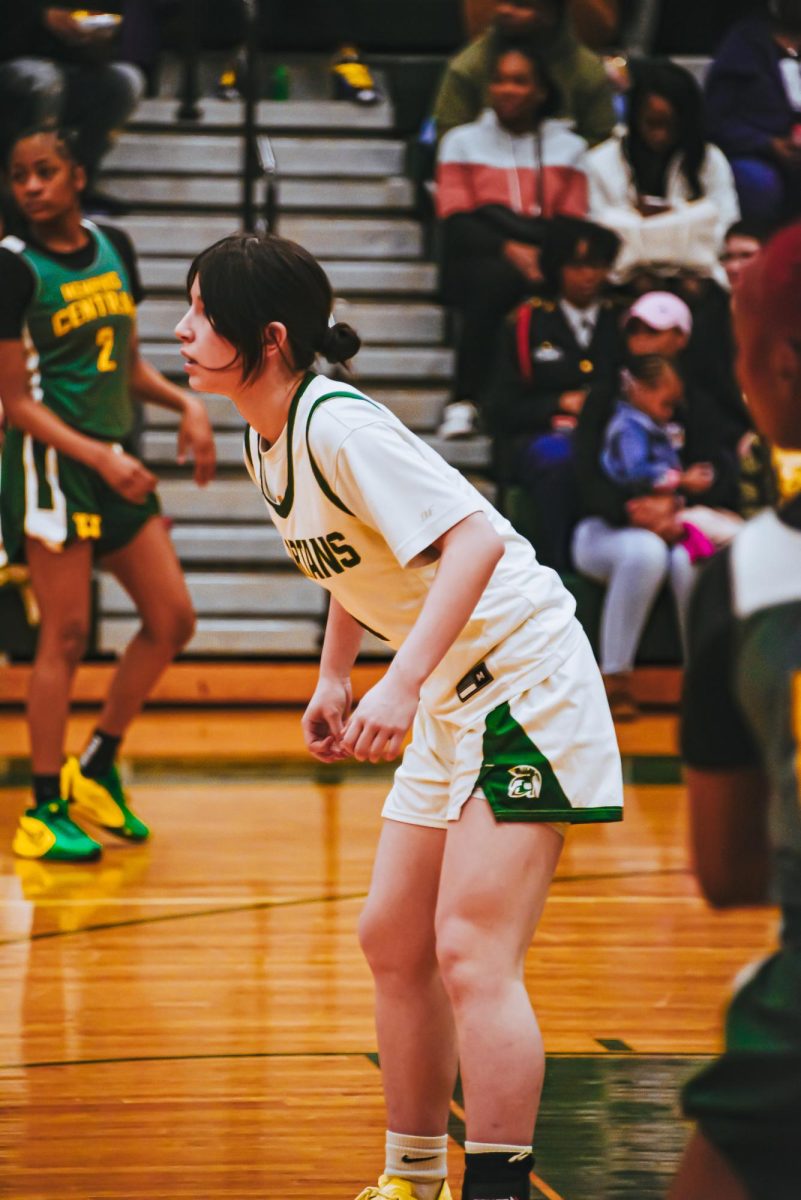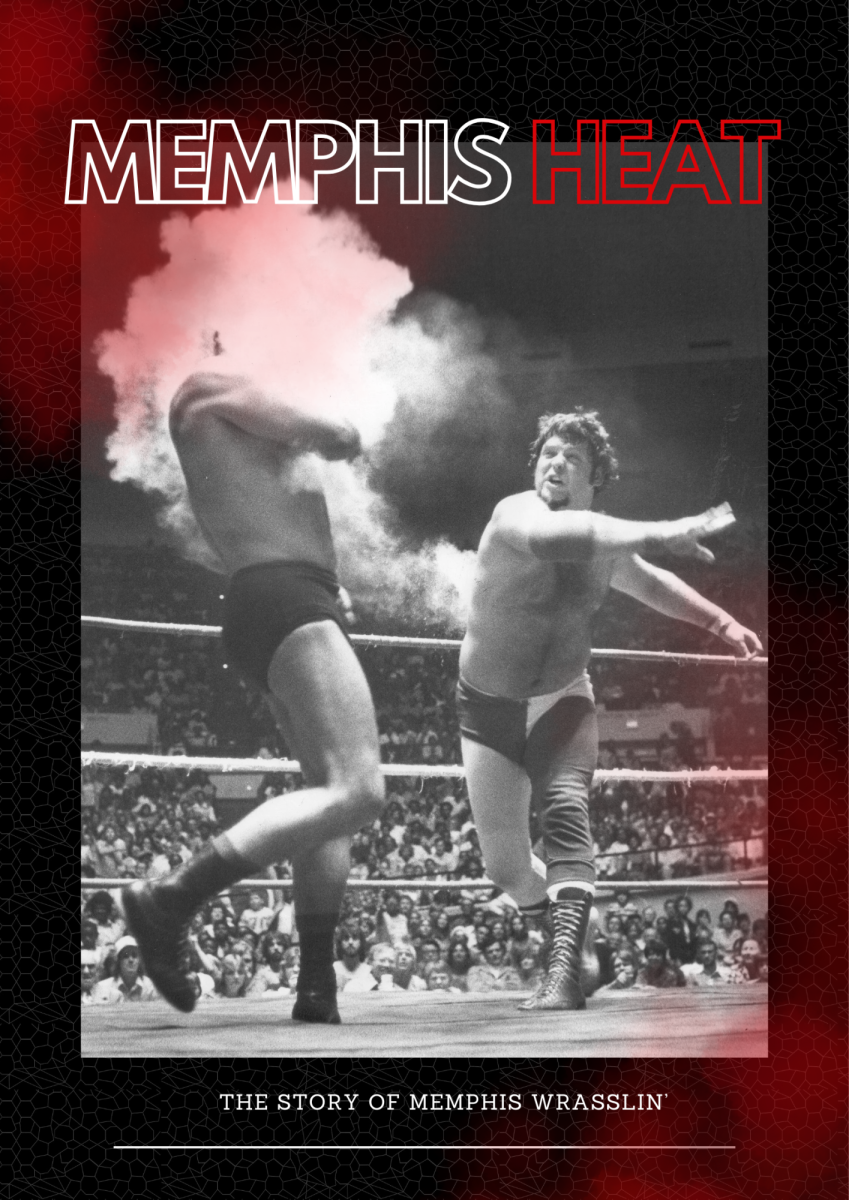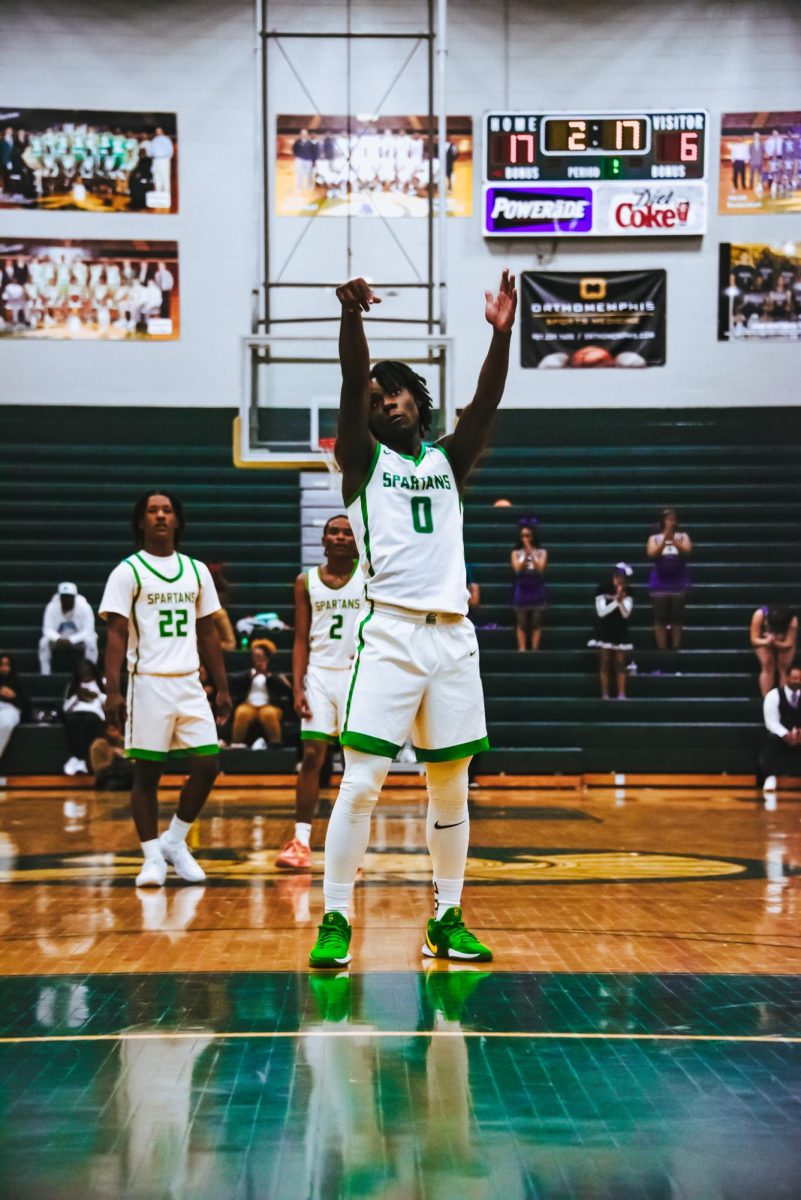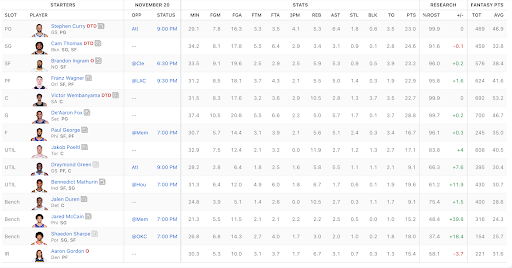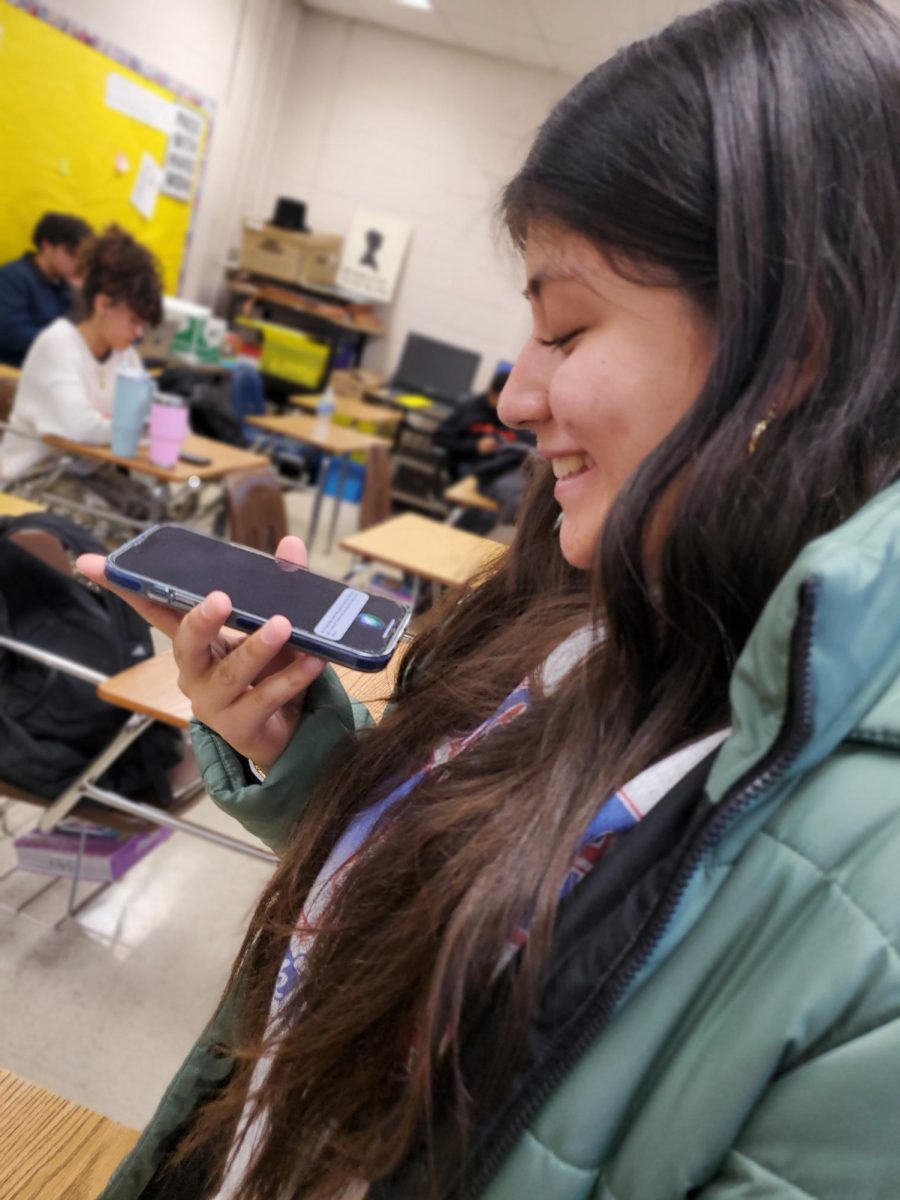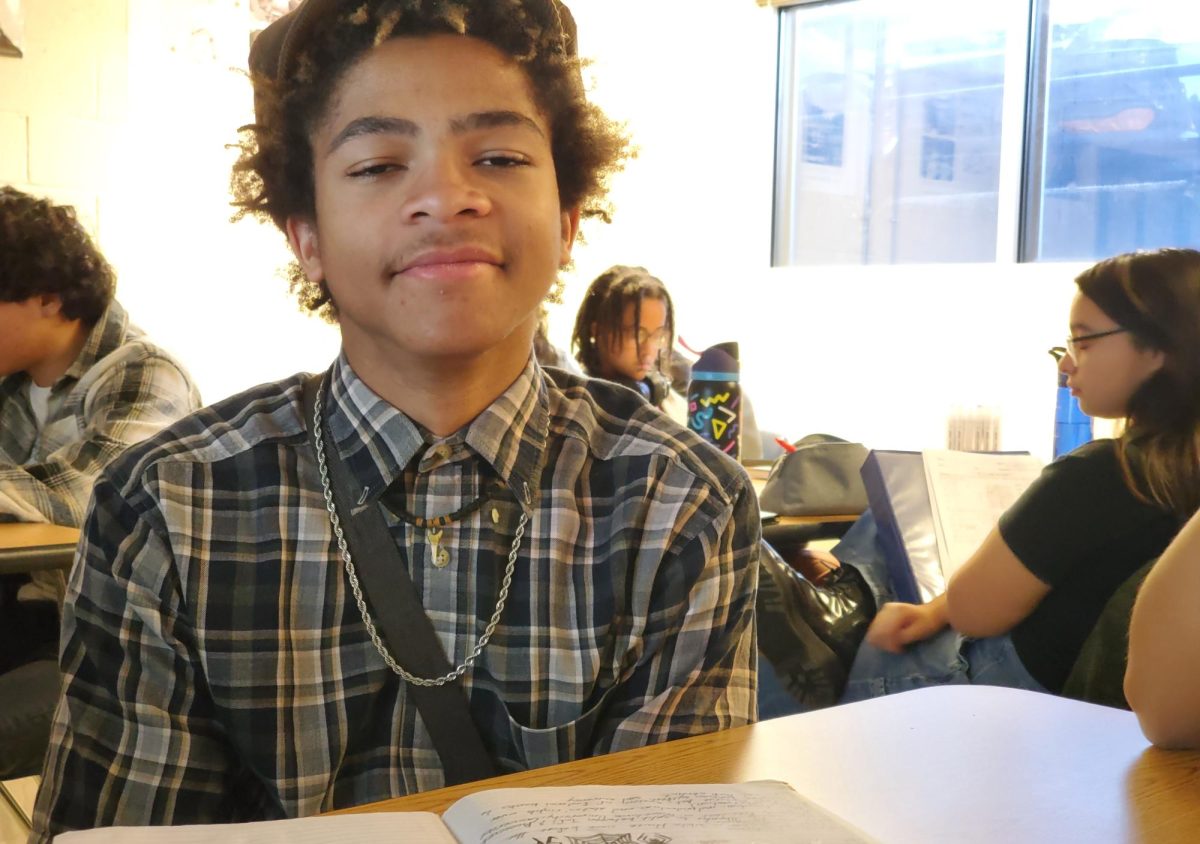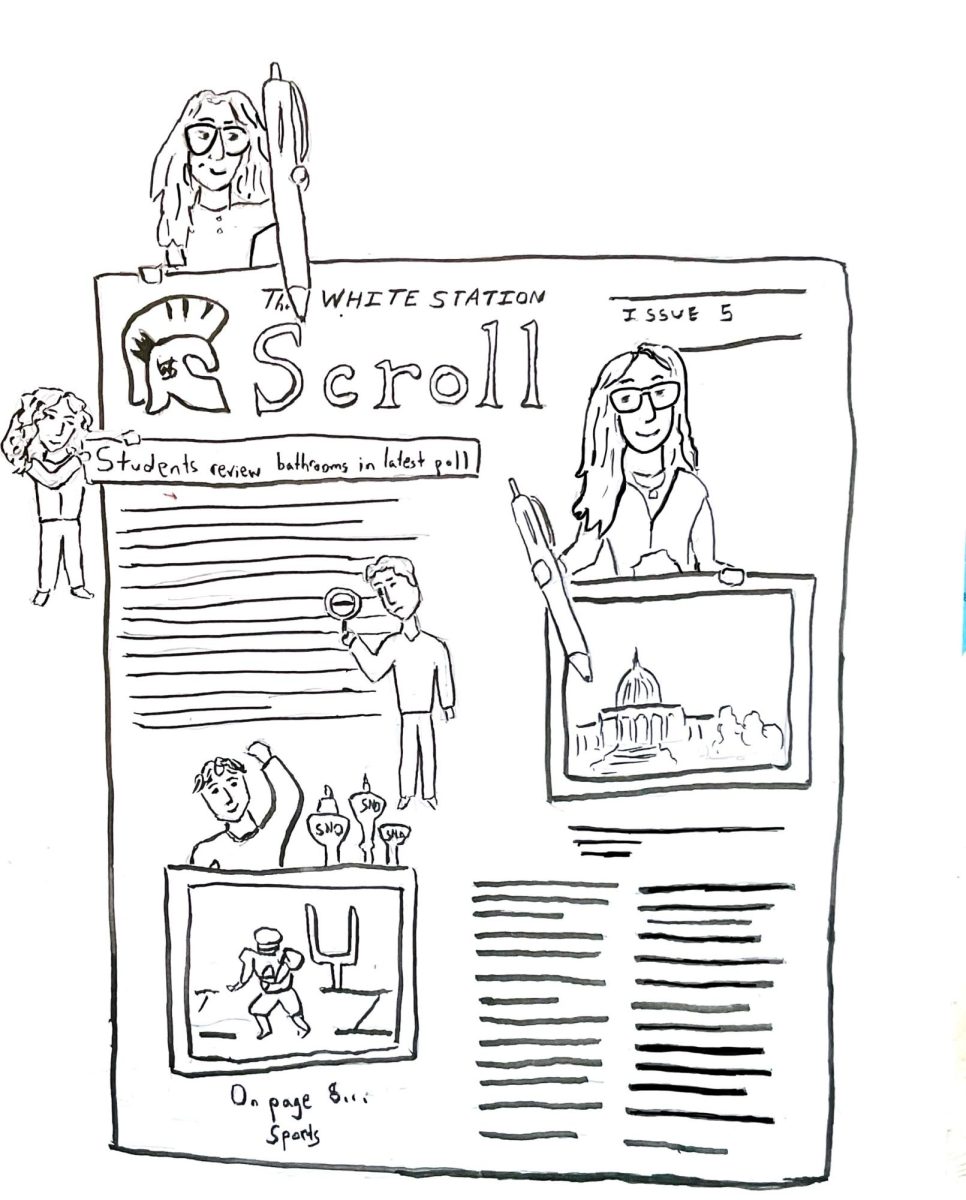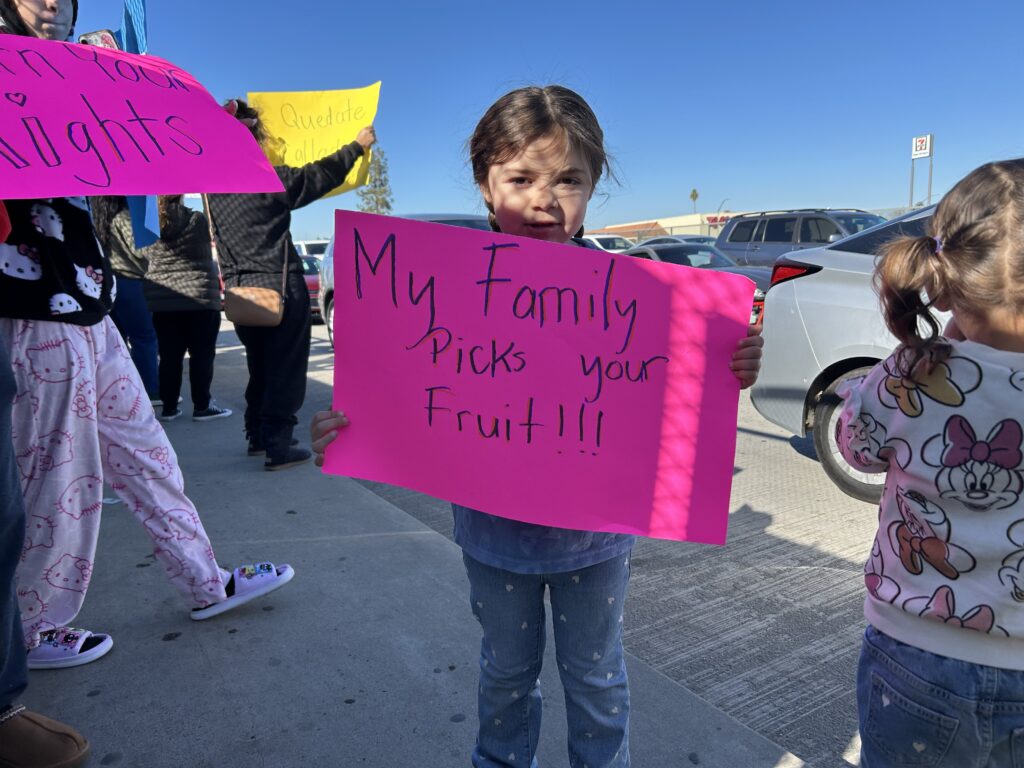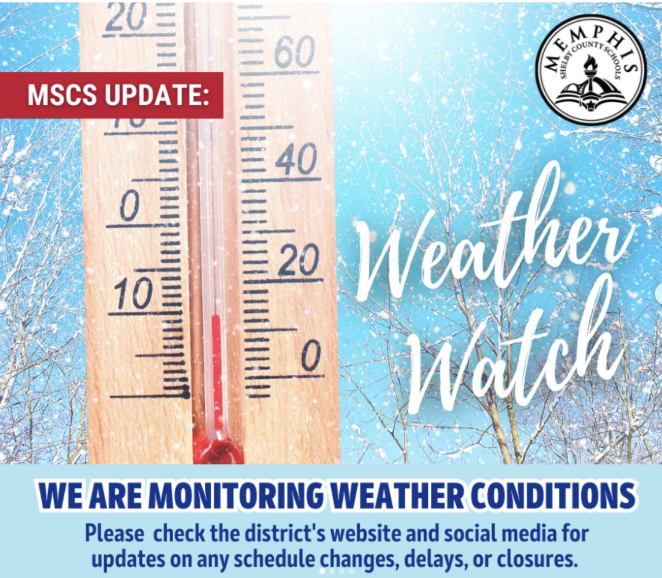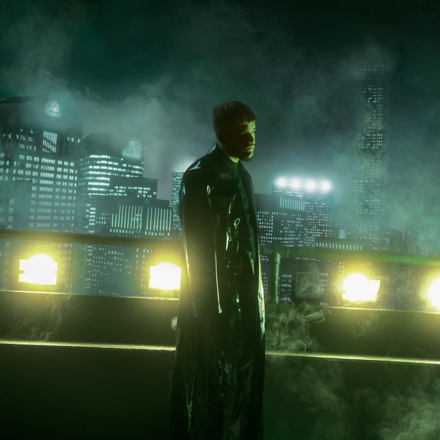
Step into the dystopian abyss of “2093,” a fictional world where rapper and songwriter, Yeat, reigns as the CEO of Lyfestyle Corportation and blurs the lines between reality and fiction. “2093” sends listeners into a real life sci-fi trek, where beats and melodies serve as the soundtrack through the landscapes of a post-apocalyptic future that makes references to artificial intelligence. Along the way, he lets us in on his personal journey of battling addiction, while incorporating themes of struggle and redemption.
“[‘2093’] is more about his present while being in the future and one of his songs ‘1093’ kind of represented his past,” David Johnson (11) said. “I just think it’s a mix of the future and the past, as if he lives in 2093. He’s like enjoying life now.”
The beginning of the sci-fi trek began for listeners on Feb.16 as Yeat released Phase 1 of “2093’ which consisted of 22 tracks. The following night, Yeat released Phase 2 which consisted of an additional two tracks, and five days later, he released four more tracks for Phase 3. Phase 1 and 2 are currently available on all streaming platforms, however, the third is exclusive to his official website and only available for purchase.
“Phase 1 was like the ceiling breaker … but Phase 3 was long-awaited and more for the real fans,” Jeffrey McRae (12) said. “It had a bunch of songs that people were waiting on for a long time like ‘Timë Passed’ and ‘H.A.B.’”
Yeat’s rise to fame began with the viral success of the song “Monëy So Big” from his album “Up 2 Me” on TikTok. This quickly sent him into the spotlight, racking over 350 million streams on platforms such as Spotify.
“I started listening to him whenever ‘Monëy So Big’ came out,” Aashish Chidambaram (12) said. “His sound was kinda new and I guess people really liked that. He was just catchy and he has a very unique sound, because you can really listen to any Yeat song and tell that it’s him.”
After their hit collaboration on “IDGAF” from Drake’s latest album “For All the Dogs” Yeat brought back Drake on a surprise track, “As We Speak” in Phase 2 of “2093,” which was found to have been reminiscent of their previous collaboration. Yeat only featured two other artists, Lil Wayne and Future, exhibiting the evolution of his career and popularity within the music industry since it began in 2015. “When I first started listening to him three years ago and just seeing his music grow and the artists he features, he went from featuring underground [artists] to bigger artists like Lil Wayne, people he looked up to,” Johnson said. “It’s exciting to see other [collaborations] with artists along with his music and popularity.”
In one of his top hits from “2093,” “Breathe,” he incorporates a sample from the introduction to “Regular Show” to evoke a sense of nostalgia in his listeners. As the car engine revs in the background, we are continuously thrown into the album’s futuristic world where time seems to stand completely still. Yeat ventures into slow beats, samples, instrumentals and echoes, a contrast to his signature sound.
“He completely cut out the mumble rap sounds and made everything more intentional,” Hayes Bennett (11) said. “[‘2093’ is] by far his most different since it’s so slow compared to the other very short, fast-paced albums.”
Despite many initial perceptions that Yeat may only appeal to a younger audience, many others have found his experimentation to appeal to all age demographics, especially with the high rise and influence of popular culture and the predominance of the music industry today. With “2093,” Yeat allows his creativity to shape an album that jumps off the bandwagon of music norms.
“I feel like lots of people don’t give Yeat a chance because of the fact that like he blew up from TikTok,” Johnson said.“I feel like when he first started growing up, he was in a very TikTok heavy place; everyone was at home and using technology and stuff so they want to like stay away from Yeat, even though his album was number one above Kanye’s new album. He’s much more than just a TikTok artist now.”



